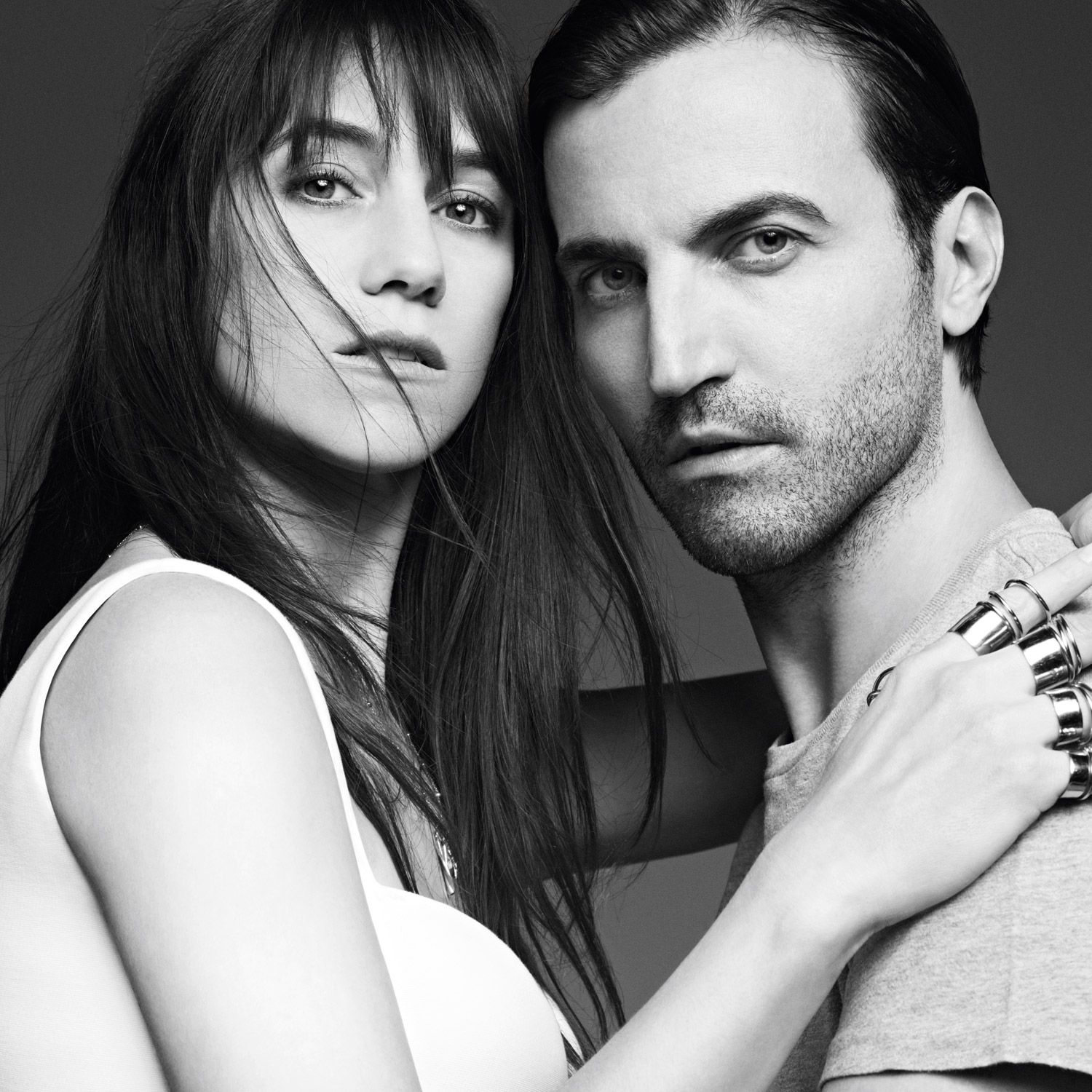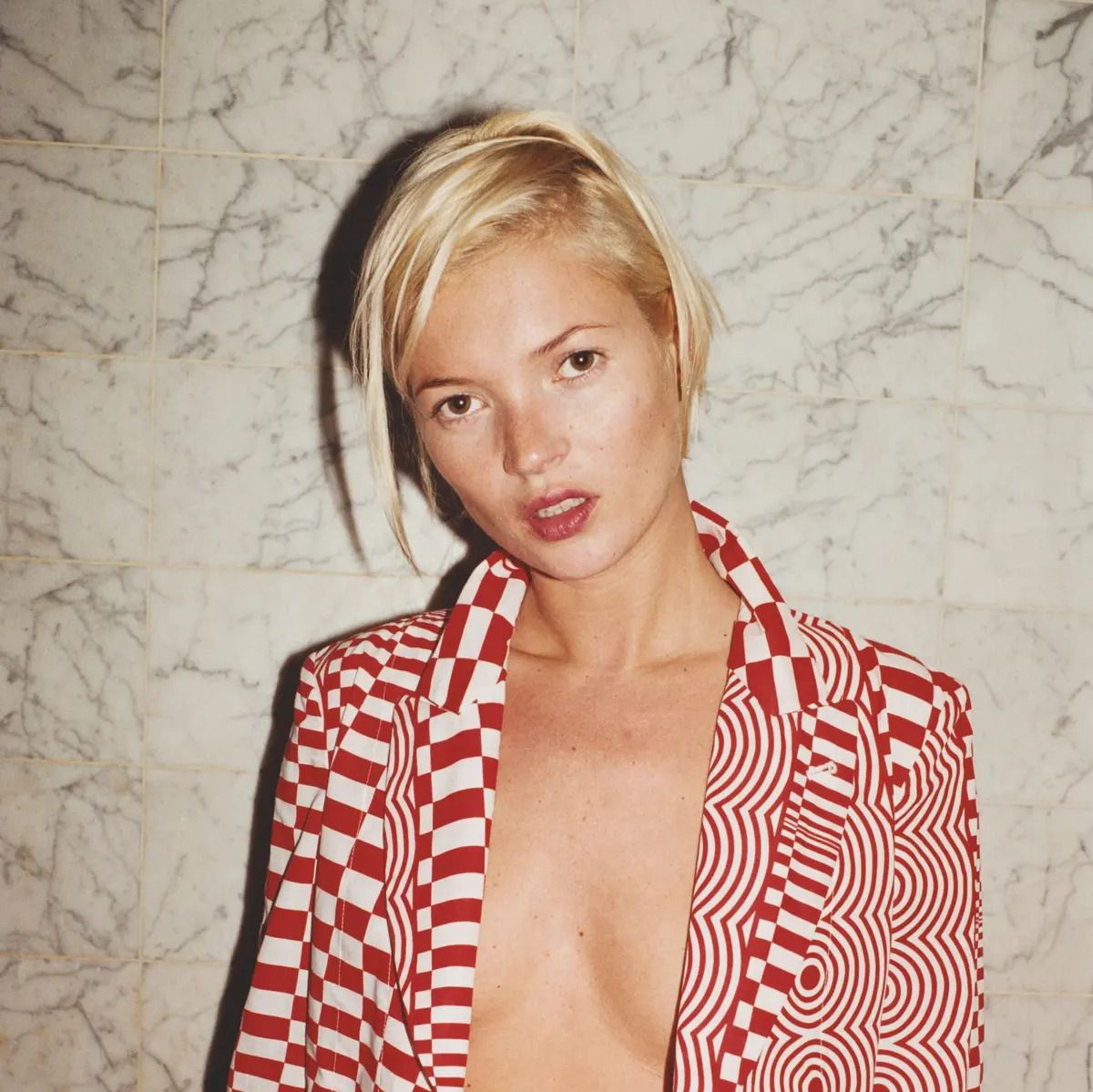Why HANS FEURER Is Still the Master of Outdoor Fashion Photography
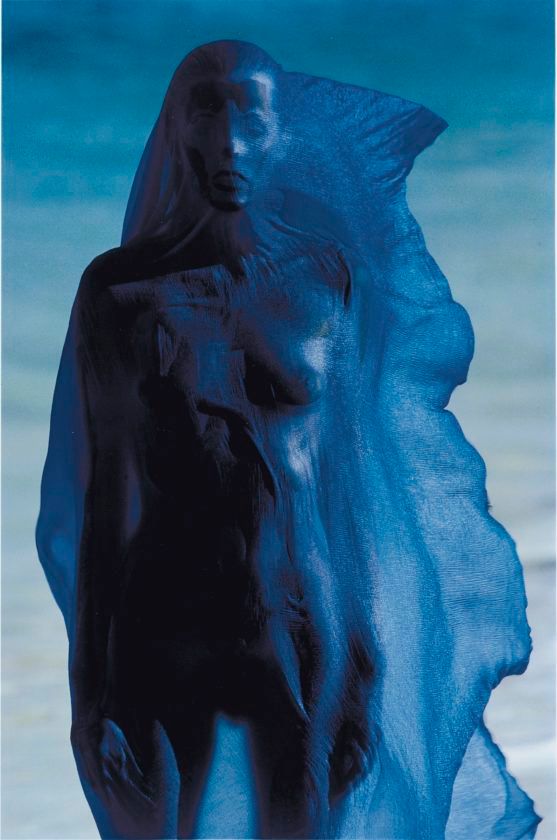
#032cBOOKCLUB: A traveler, hunter, and fisherman, HANS FEURER (Swiss, b. 1939) likes to capture anything that moves: models (mostly women) who “smell, are warm, and alive,” scarves moulded to bodies by strong wind, sweat moving down skin, dust stirred by horses and a shepherd staff, melting glaciers, tassels dangling over the groin, or toothpaste frothing from the mouth. One of Feurer’s earliest memories is of observing a fly buzzing in the sun through the window of his childhood stroller, and it could be said that he has made a decades-long career from chasing moments like this ever since: bodies moving in nature.
Feurer grew up in a relatively poor home in Switzerland, where he worked odd jobs to finance art school in Zurich. He then went to Paris and eventually London, where he became an art director for several ad agencies as well as The Telegraph magazine. In 1966, Feurer bought a Land Rover and spent two years traveling Africa, often sleeping outdoors. It was during these adventures that he decided to become a fashion photographer, determined to tell stories and invent what he calls “dream images.” The book Hans Feurer, designed by Fabien Baron and Karl Lindman, is the photographer’s first monograph, comprised of images from the late 1960s to the late 90s. It includes shots from the 1974 Pirelli calendar; of Iman in the 1983 Kenzo campaign, shot on the volcanic Italian island Lampedusa; and from the many stories Feurer produced for American Vogue and Vogue Paris, Nova magazine, and other brands like Comme des Garçons and Kodak.
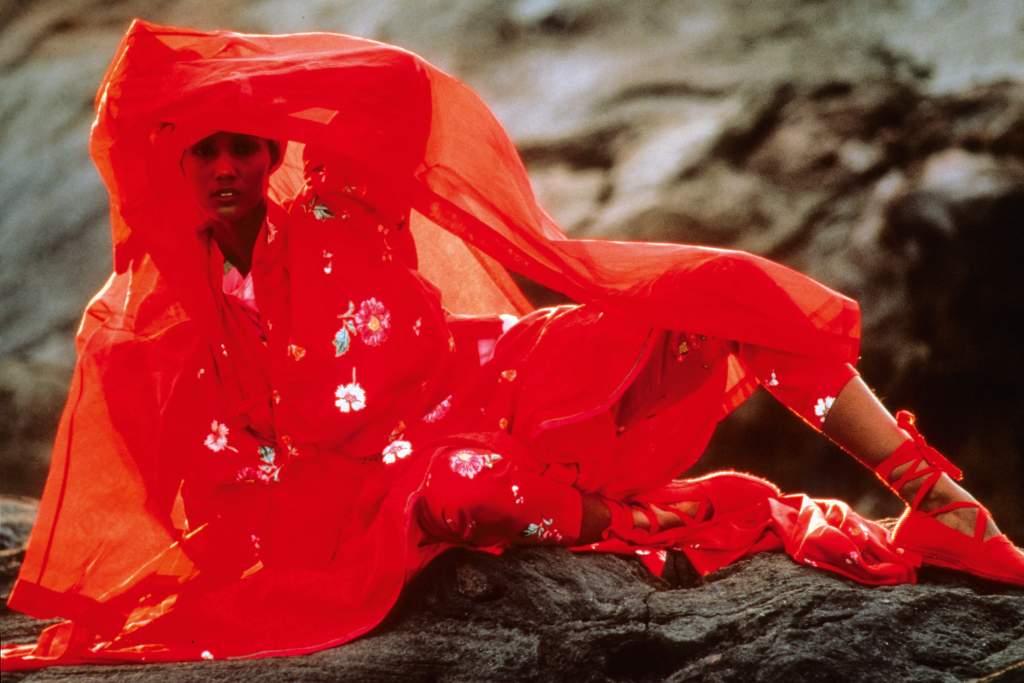
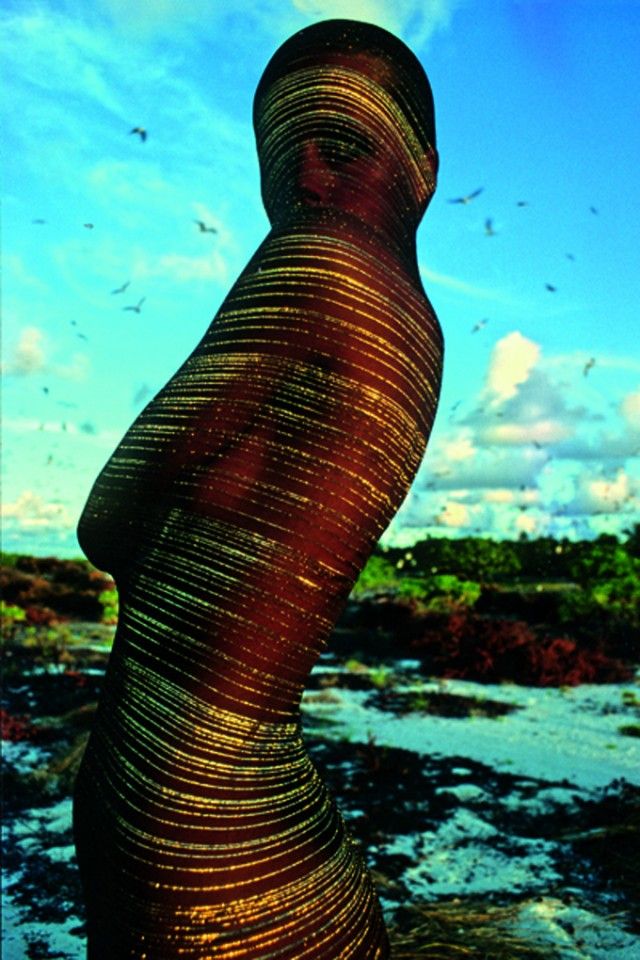
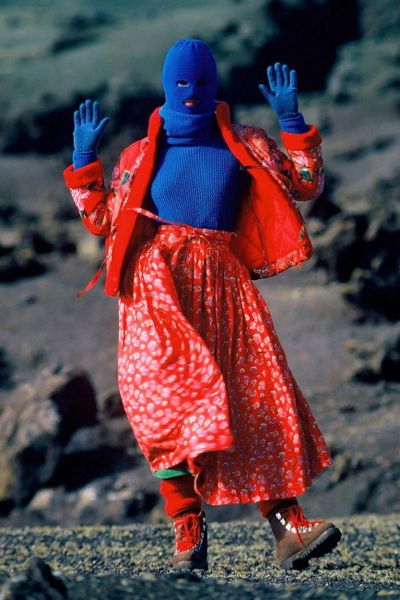
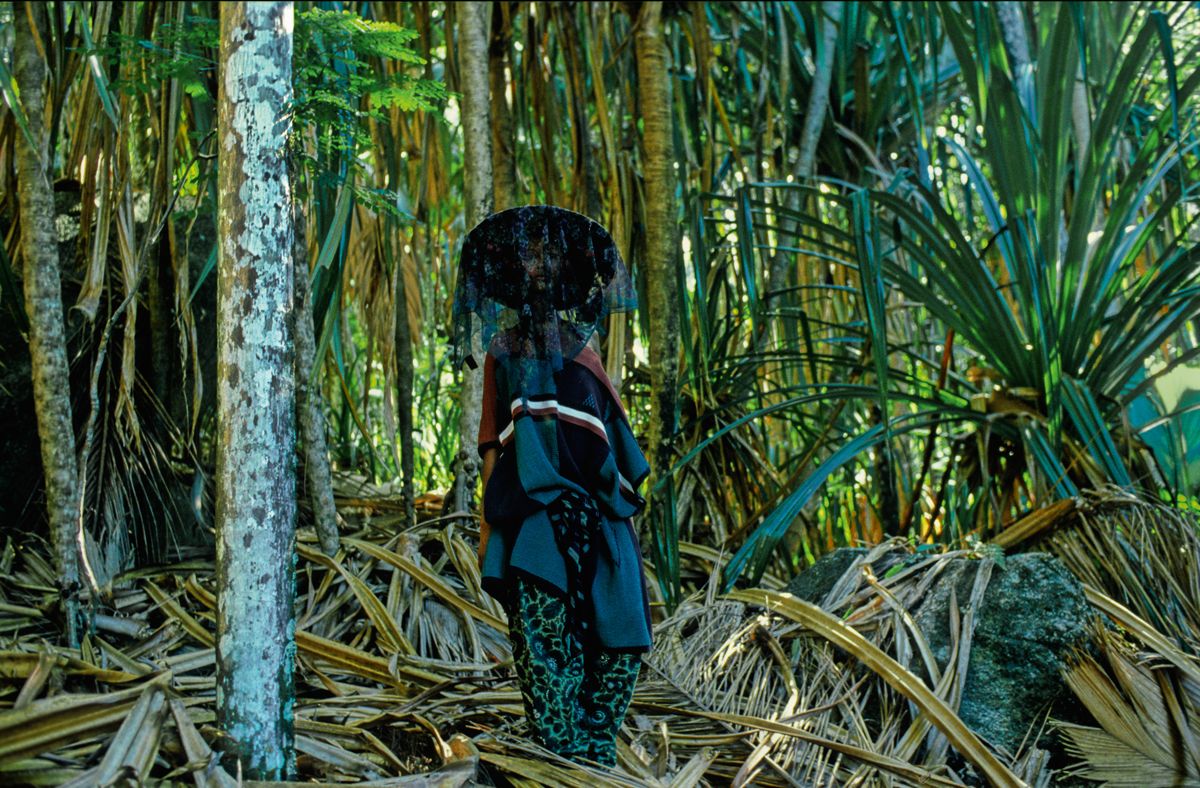
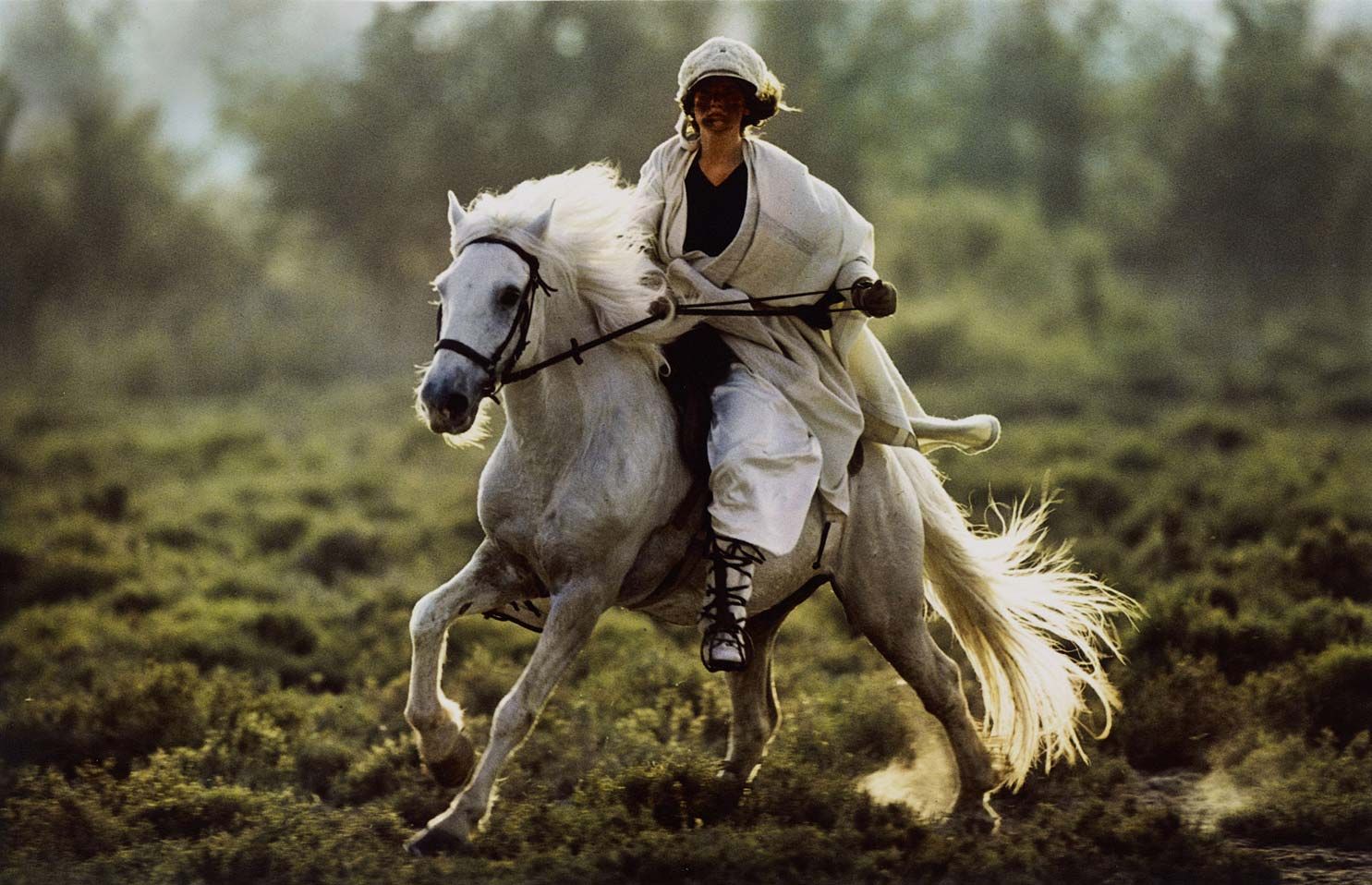
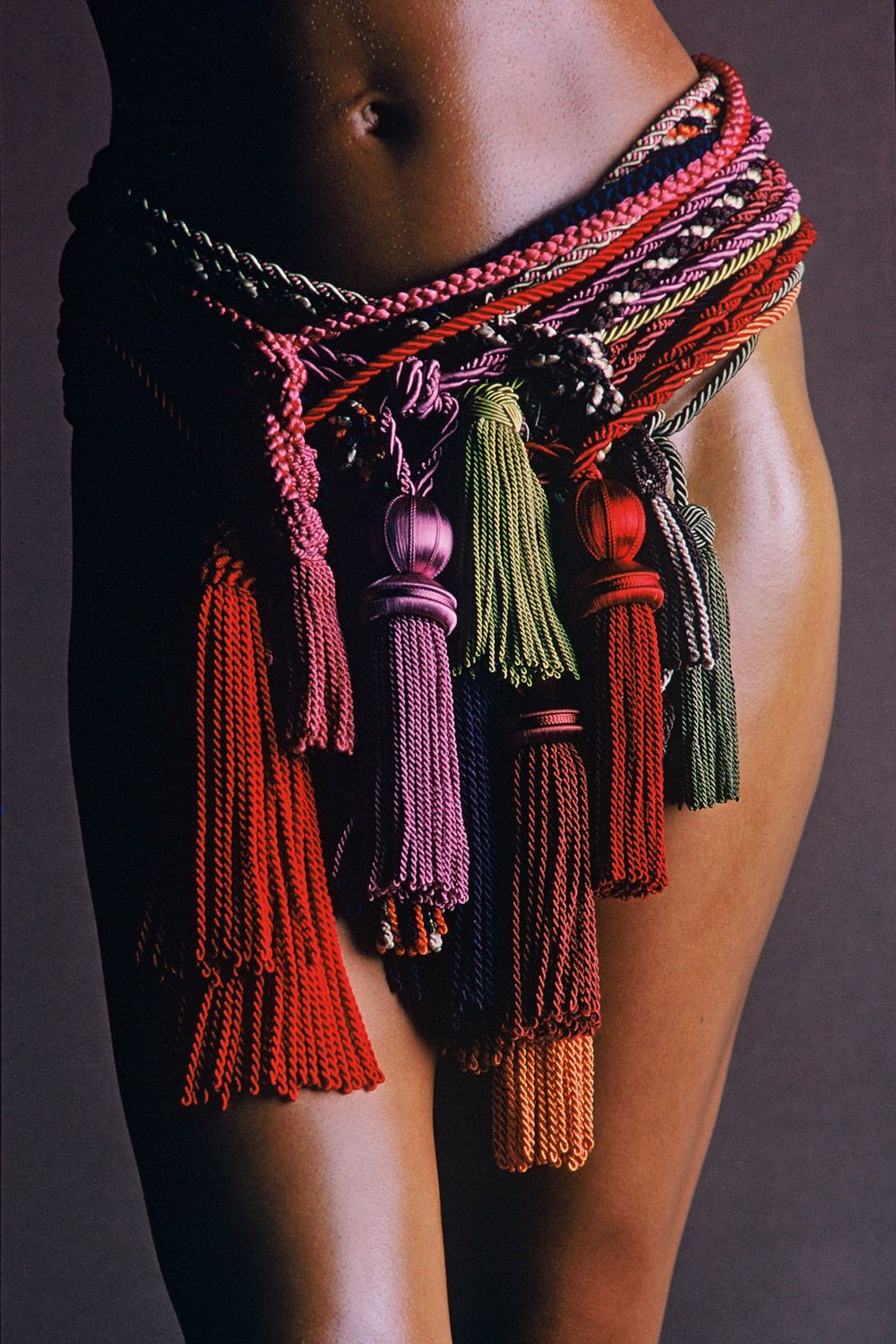
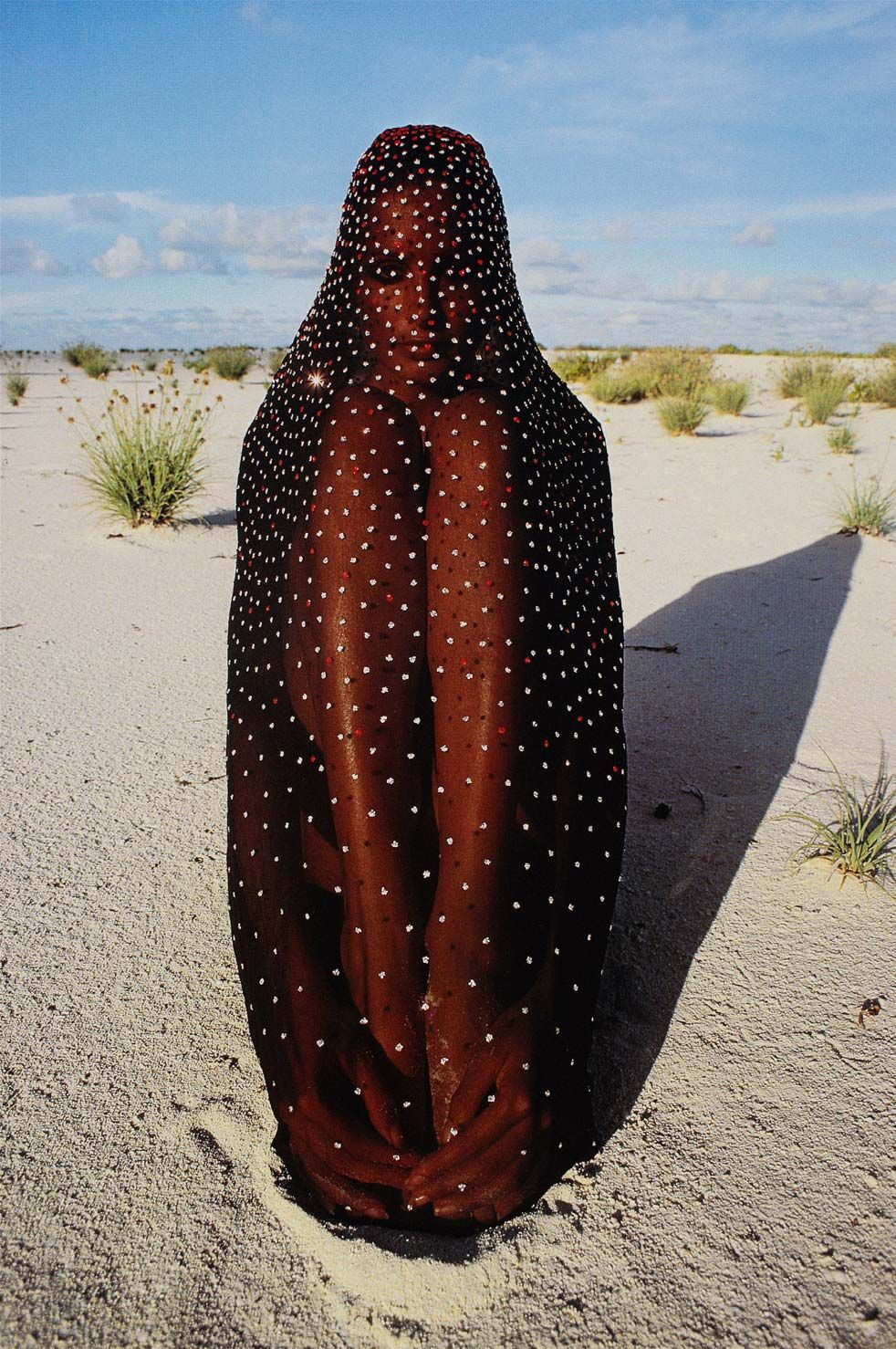
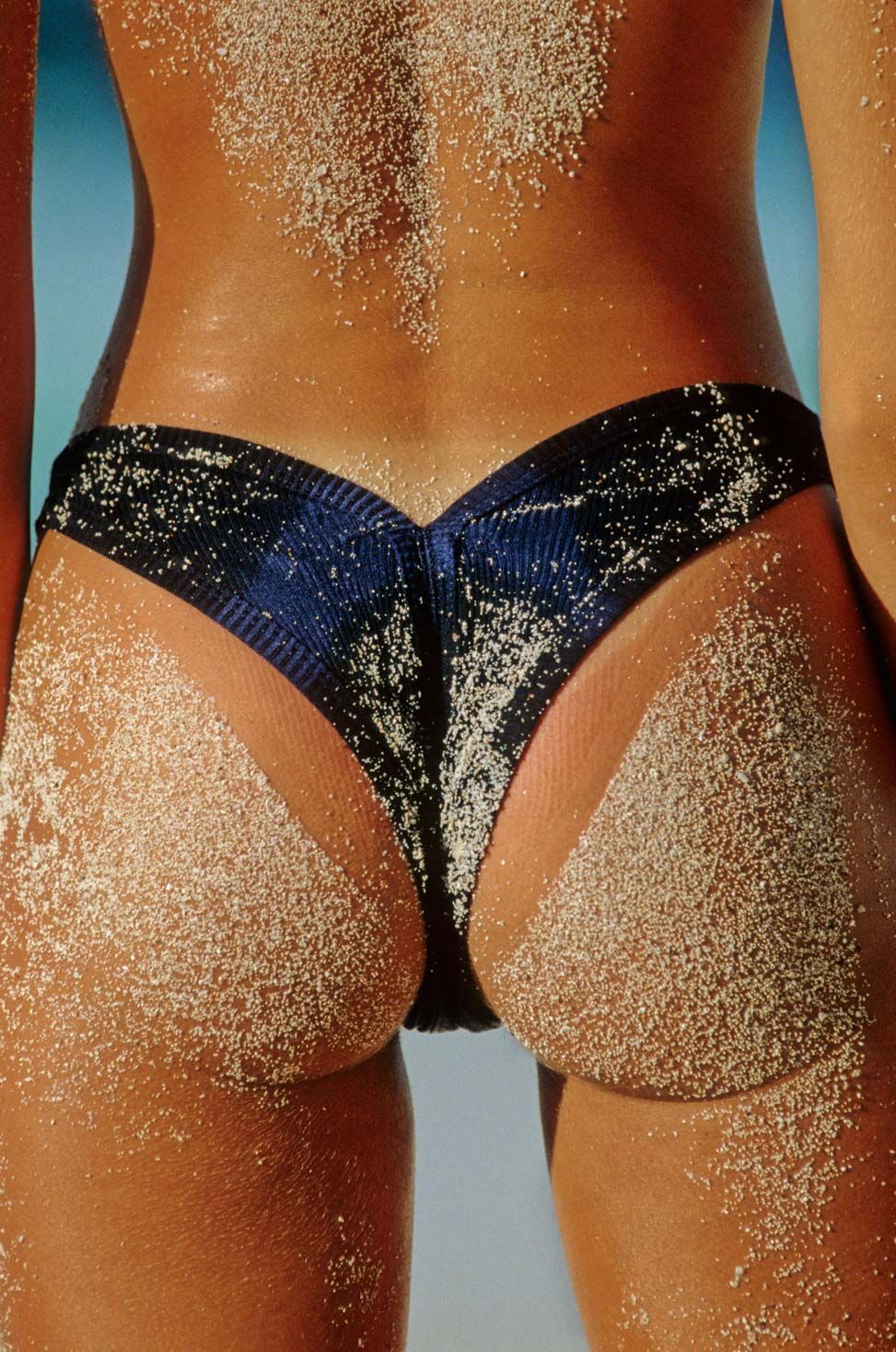
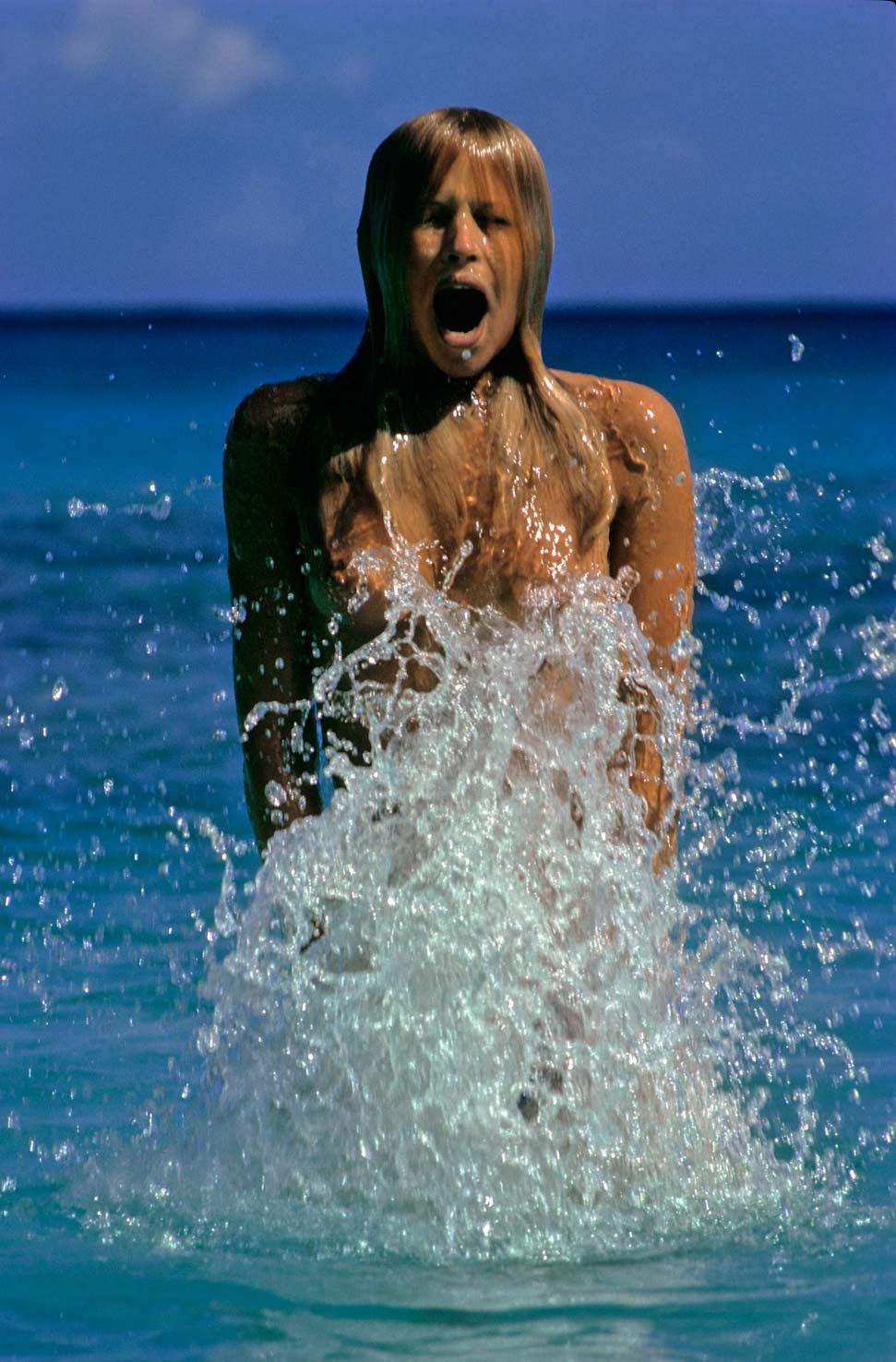

He works quickly, using a telephoto lens, and is known to shoot his models from as far away as 300 meters (they use walkie-talkies to communicate), extending the light path to focus on a distant object in a much shorter overall frame, like a telescope. Feurer seldom uses artificial light, reflectors, or photographic filters – methods that “bring all the beauty and effect of a photograph to the surface, eliminating the possibility to create something substantial,” the photographer has remarked. Instead he employs the power of nature: storms, full moons, big tides, extreme cold and wind, lava fields. It is less the grandeur of savage landscapes that he aims to communicate and more the sensuality that arises when people interact with them. “I always try to get a genuine reflection of this planet on the faces I photogtaph,” Feurer has said, continuing “I like reality.”
Hans Feurer is published by Damiani (Bologna, 2013).
